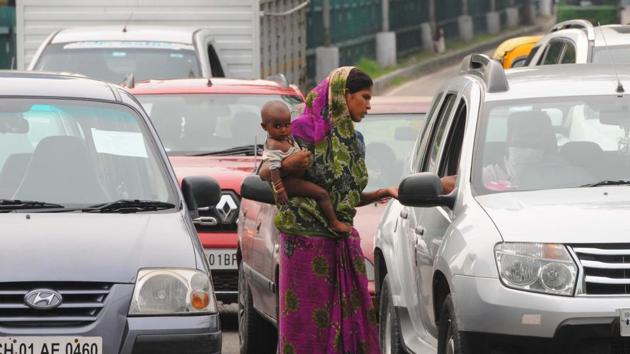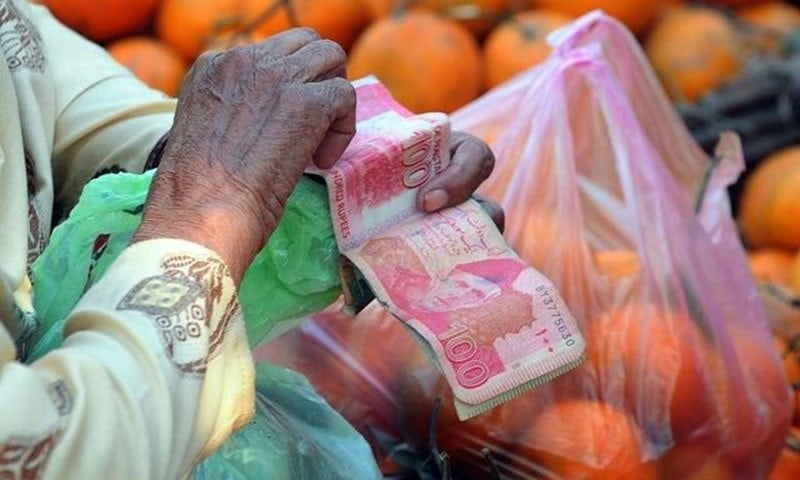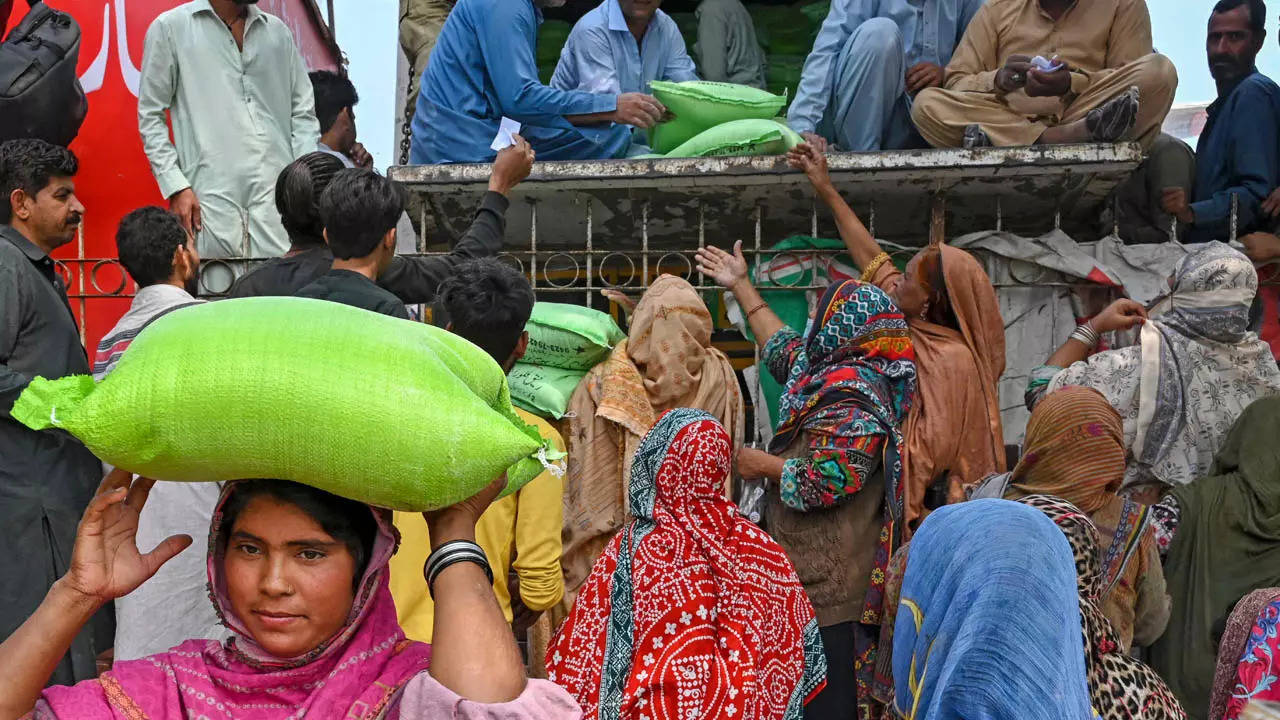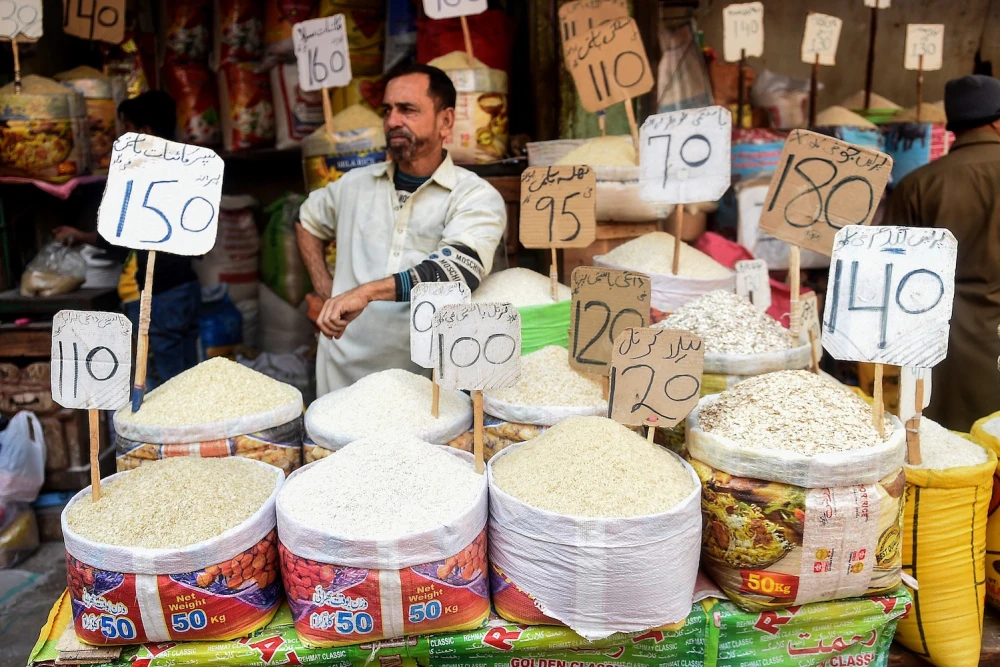Rising inflation in Pakistan can be attributed to a range of factors, both external and internal. One of the most significant drivers of inflation is the devaluation of the Pakistani rupee. Since the government allowed the rupee to free-float, the exchange rate has witnessed sharp fluctuations, which has led to higher import costs. This has resulted in an increase in the prices of imported goods, which further fuels inflation.

This image describes inflation
CONSUMER PRICE INDEX(CPI):
| Indicator | Data | Period |
|---|---|---|
| Consumer Price Index (CPI) | 219 index points | Mar/23 |
| Food Inflation | 47.15 % | Mar/23 |
| Inflation Rate YoY | 35.4 % | Mar/23 |
| Inflation Rate Mom | 3.7 % | Mar/23 |
| Core Inflation Rate | 18.6 % | Mar/23 |
| CPI Housing Utilities | 179 Index Points | Mar/23 |
| CPI Transportation | 280 Index Points | Mar/23 |

The ongoing political crisis in Pakistan
The ongoing political crisis in Pakistan has sounded the alarm for the economy, inflation will increase further in the year 2023. Economists have feared that essential commodities prices will skyrocket in 2023.
Flour is Rs160, ghee Rs600 rupees, sugar Rs120, rice Rs400, dollar Rs260, and gold price is expected to increase up to 190,000 rupees. There are also fears that the State Bank’s base interest rate will increase from 16 percent to 20 percent in the coming days.
The year 2022 has been the worst in economic terms in Pakistan and this year the inflation rate has reached 27.6% after 47 years. While in October, the weekly inflation graph reached 48%.
Due to rampant inflation, the interest rate in Pakistan has also increased from 12.5% to 16%.
According to a survey conducted by economists, the risk of default will continue to hover over Pakistan even in the year 2023.
Economists have feared that in the year 2023, the rising inflation graphs in Pakistan will further worry the people.
The monetary policy meetings of the State Bank of Pakistan (SBP) will be held on January 23, March 16, April 27, and June 12 in the year 2023. There is a fear of the further increase in interest rates to control inflation. Some experts feared that the interest rate, which is currently 16 percent, may reach 20 percent in 2023.
Increasing Prices
Experts said that the current government remained failed on all economic fronts and therefore there is no strategy to control the inflation in the country. Flour which was Rs 85 per kg in April 2022 is now expected to reach Rs 120 after 8 months and Rs140 to Rs 160 in 2023.
In April 2022, 8 months ago, the rate of sugar was Rs85 per kg, which has now increased to Rs100 per kg in December 2022. It is feared that the rate of sugar per kg will reach 120 rupees next year.
Milk, which was Rs140 per kg in April 2022, has now reached Rs180 in December after 8 months, while it is feared that the price of milk may reach Rs200 to Rs220 per liter in 2023.
Ghee was Rs 480 per kg in April 2022 and has reached Rs 560 per kg in 8 months i.e. December 2022. Ghee may become more expensive and exceed Rs600 per kg.
In April 2022, rice was Rs260 per kg and in 8 months it reached Rs360 per kg after an increase of Rs100 in December 2022. Rice will become more expensive and its rate can be suggested from Rs400 per kg.
Difference in Dollar rate
According to the News360 survey, experts have expressed concern that there is a clear difference in the dollar exchange rate in Pakistan. The exchange rate of the dollar in April 2022 was Rs189, which is Rs226 in December 2022 and experts fear that the rate of the dollar is likely to exceed 260 rupees in 2023.
Economists said that Pakistani investors are investing in dollars and gold to avoid financial losses. That is why it is feared that even in the year 2023, the price of gold will remain unrestrained and the price of gold per tola will exceed Rs190,000 to Rs200,000 or even more.
Rising inflation in Pakistan 2023: A Comprehensive Analysis

This image describes a rise in prices
Pakistan’s economy is going through a turbulent phase, and inflation remains one of the most pressing issues the country is facing. Inflation has been a persistent problem in Pakistan for several years, and the situation is expected to worsen in 2023. This article will provide an overview of the economic landscape in Pakistan, the factors contributing to inflation, and the prospects for the future.
Pakistan’s Current Economic Situation

It shows Pakistan’s economic situation
Pakistan’s economy has been in a state of flux for the past few years. In 2018, Pakistan’s current account deficit reached a record high of $19.9 billion, which led to significant currency depreciation and declining foreign exchange reserves. The situation was further exacerbated by the COVID-19 pandemic, which, like many other countries, resulted in a severe slowdown in economic activity.
Several economic indicators suggest that the Pakistani economy is still struggling to recover from the pandemic-related disruption. For example, the real GDP growth rate in 2020 was -0.47%, which is a significant decline compared to previous years. Additionally, Pakistan’s foreign exchange reserves have fallen to $ 13.6 billion, which is barely enough to cover three months of import payments.
Factors Contributing to Rising Inflation in Pakistan

This image shows poverty in Pakistan
Energy Crises
Another significant factor contributing to inflation is the increase in energy prices. Pakistan has been facing an energy crisis for several years, which has led to constant power outages and load shedding. The government has been forced to import oil and gas to meet the country’s energy demands, which has resulted in higher costs. Furthermore, the increase in global oil prices has led to a significant increase in domestic fuel prices, which has pushed up transport costs and, in turn, the prices of all products.
COVID-19
The COVID–19 pandemic has also contributed to the inflation problem in Pakistan. The pandemic has disrupted global supply chains, which has led to a shortage of essential goods such as medicines and food items. The decrease in the supply of these goods has increased their prices.




Pakistan's Weekly Inflation Is At An Alarming Level - News Nation Wise
Pakistan Reports 3rd Monkeypox Case - News Nation Wise